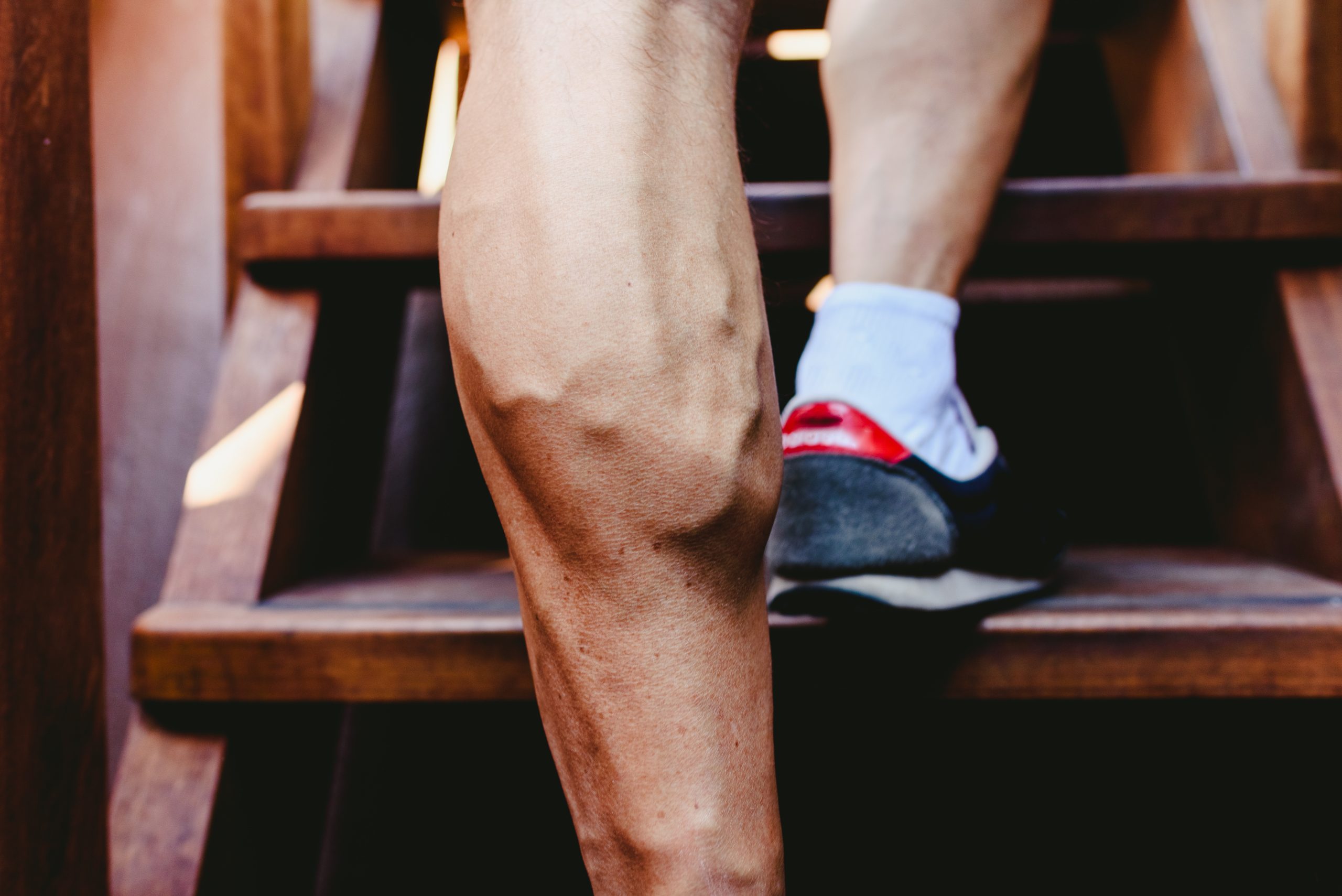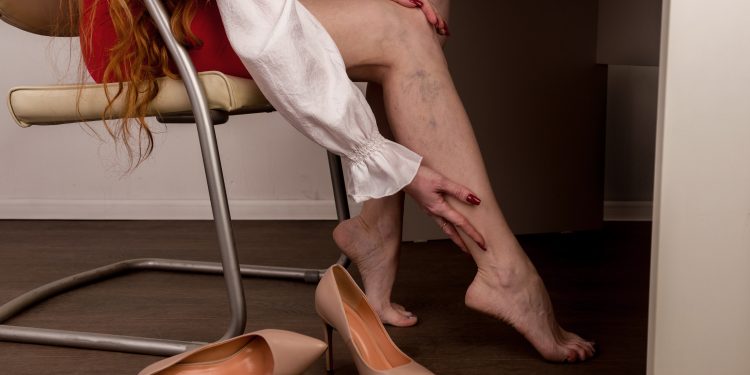Commonly, people who have a light skin tone have visible veins that show through the skin. While recognizable, they're generally minimal and are not a cause for concern. However, veins that appear abnormally large and have a deeper color may seem alarming, especially when seeing them for the first time. Hence, those who experience this scenario may wonder what could have caused the sudden change in their vein's appearance.
Many factors contribute to having suddenly visible veins, and various treatment options are also available for medical and non-medical causes. For instance, patients with underlying medical conditions such as varicose veins, superficial thrombophlebitis, or chronic venous insufficiency may have more visible or swollen veins. As the ailment is treated, the appearance of the veins also improves. Meanwhile, visible veins brought about by non-medical causes may require lifestyle changes, medications, and surgical or non-surgical treatments to improve their appearance.
If you'd like to know more information about visible veins and what can be done to prevent or treat them, here are some points you may find helpful:
- Causes
Several factors can cause visible veins. Here are some of them:
- Genetics
- Frequent physical exertion, such as when lifting heavy objects, running, and climbing, among others
- Wearing tight clothing
- Excess body weight
- Sun exposure
- Aging
- Prolonged sitting or standing
- Drinking alcohol and smoking
- Constipation
- Breastfeeding
Some may also experience having visible veins due to hormonal changes caused by taking birth control pills, menstruation, pregnancy, or hormone therapy. For these reasons, the veins may appear as normal once hormones have stabilized.

- When To Consult Your Doctor
If you notice that your veins have suddenly become visible for unknown reasons, it may be best to consult your doctor to see if you need treatment. Also, patients who've had visible veins for some time can benefit from a consultation.
Furthermore, consider seeing your doctor if you experience the following symptoms:
- You feel some pain coming from the visible veins and the area that surrounds it
- The veins appear dark or swollen
- The veins are warm to the touch
- Bleeding on or around the vein
- Skin sores and rashes near the visible veins
In extreme cases, the discomfort or pain caused by swollen veins can disrupt the patient's activities or limit mobility. Thus, it's best to consult your doctor immediately if you notice any symptoms.
- Non-Surgical Treatments
Various non-surgical treatments are available for patients who have mild to moderate symptoms of visible veins. Some examples of them are:
- Medication
For specific ailments that cause swollen veins, such as deep vein thrombosis, the doctor may recommend taking blood thinners or anti-coagulant drugs to improve the blood flow and circulation. These medications may be taken orally in tablet form or administered by injection.
- Compression Stockings
Patients who need to sit or stand for extended periods due to their job or lifestyle may benefit from wearing compression stockings. These stockings help improve blood circulation on the legs and can help alleviate mildly visible veins.
- Medical Treatments
Some examples of non-surgical medical treatments include sclerotherapy, endovenous thermal therapy, and percutaneous laser treatment. These treatments use chemical injections and lasers to minimize the appearance of swollen veins.
- Surgical Treatments
Patients who suffer from very large or swollen veins may benefit from surgical treatments, which involve removing the afflicted veins. Some examples of these treatments include surgical ligation and ambulatory phlebectomy.
- Prevention
Preventing visible veins requires specific lifestyle changes and healthy habits that boost blood circulation. Having visible veins is commonly caused by restricted blood flow, which puts extra pressure on the veins, causing them to swell. Hence, it's essential to adjust your lifestyle to avoid this condition. Here are some suggestions you can consider:
- Exercise regularly to improve blood circulation.
- Maintain a healthy weight to minimize pressure on the veins.
- Regulate your salt intake to prevent water retention, which contributes to swelling.
- Consider adding venotonic supplements into your diet to combat venous insufficiency
- Avoid sitting or standing for extended periods, or use supportive clothing such as compression socks and footwear to aid blood circulation.
Moreover, managing your alcohol and nicotine consumption can also help minimize blood pressure and protect the vein tissues from damage. Altogether, these lifestyle and habit adjustments can help you avoid having visible veins.
Conclusion
Commonly, having visible veins shouldn't cause alarm, as they usually change appearance due to physical exertion, temperature changes, or sun exposure. However, sudden changes in size and color may be concerning as they can signify more serious medical conditions. Hence, it may be best to consult with your doctor immediately when you notice symptoms to receive treatment as required and prevent the condition from getting worse.
























